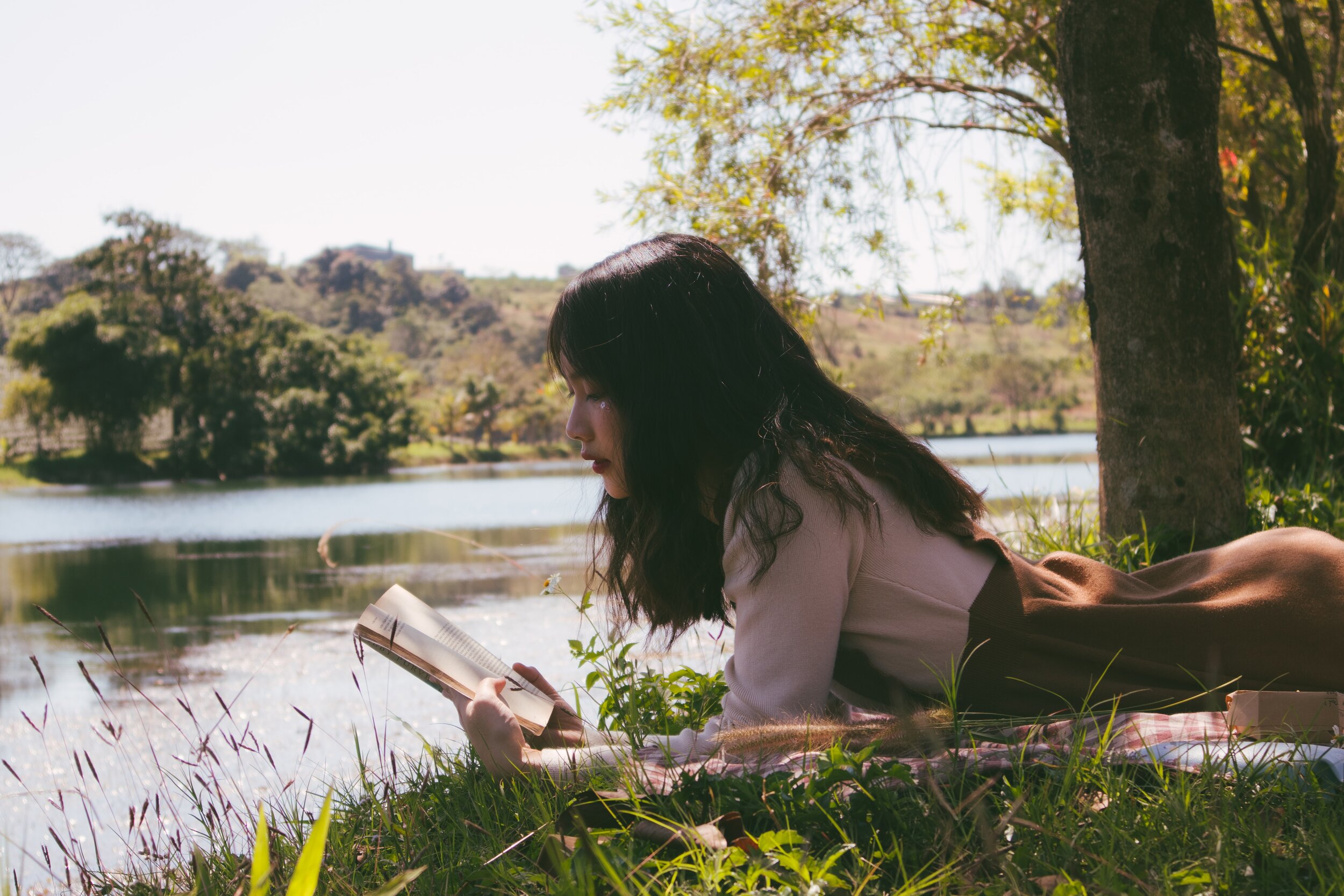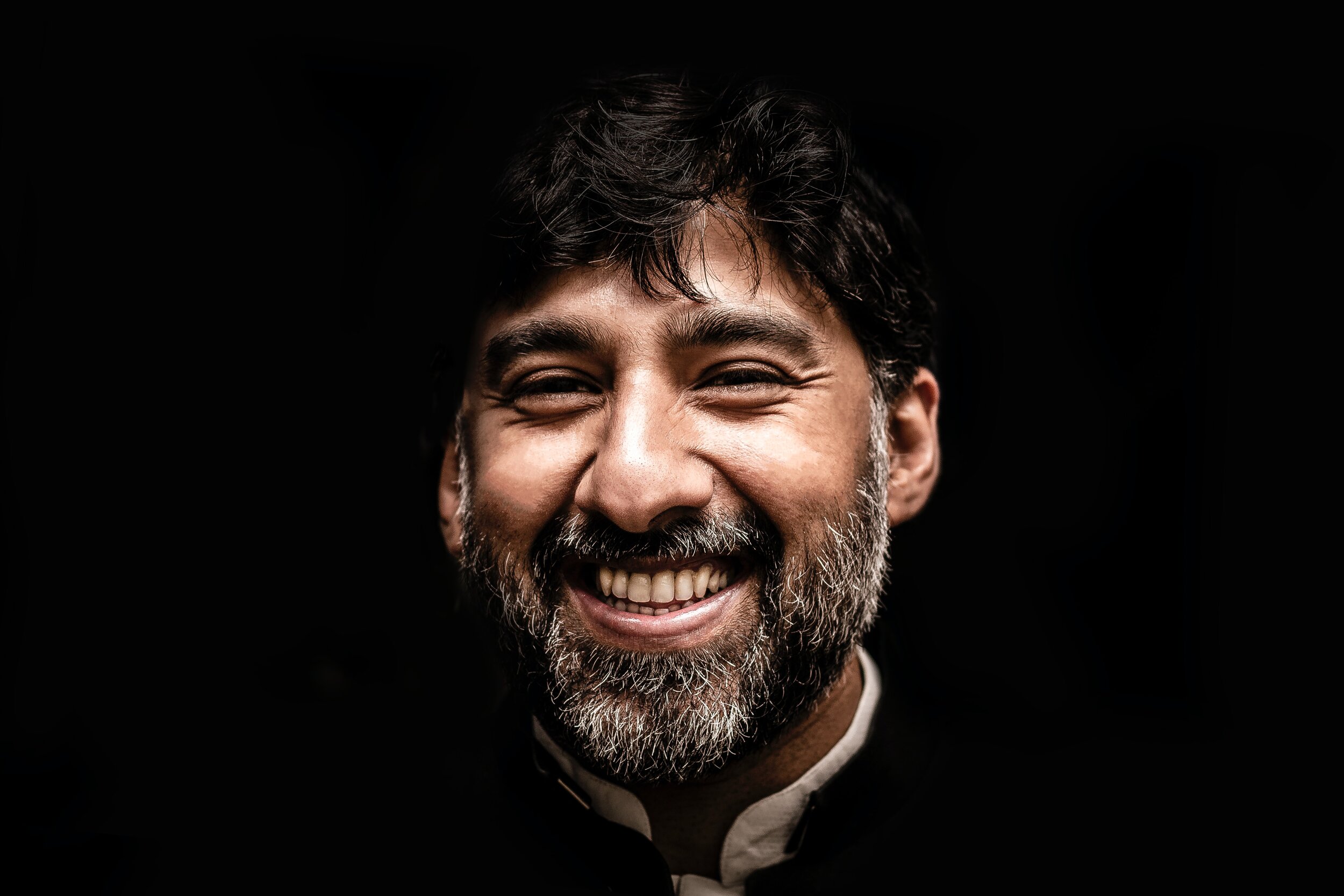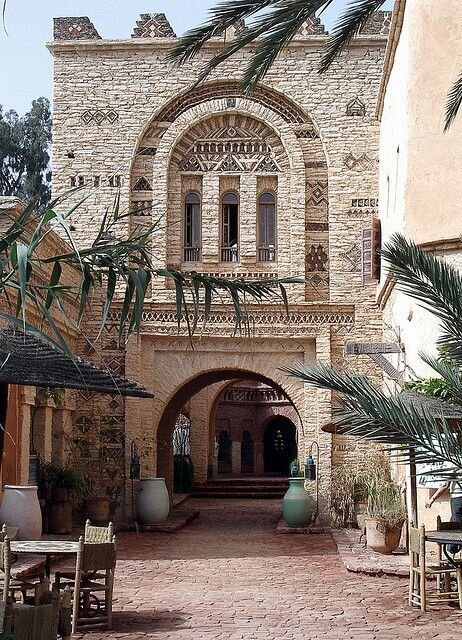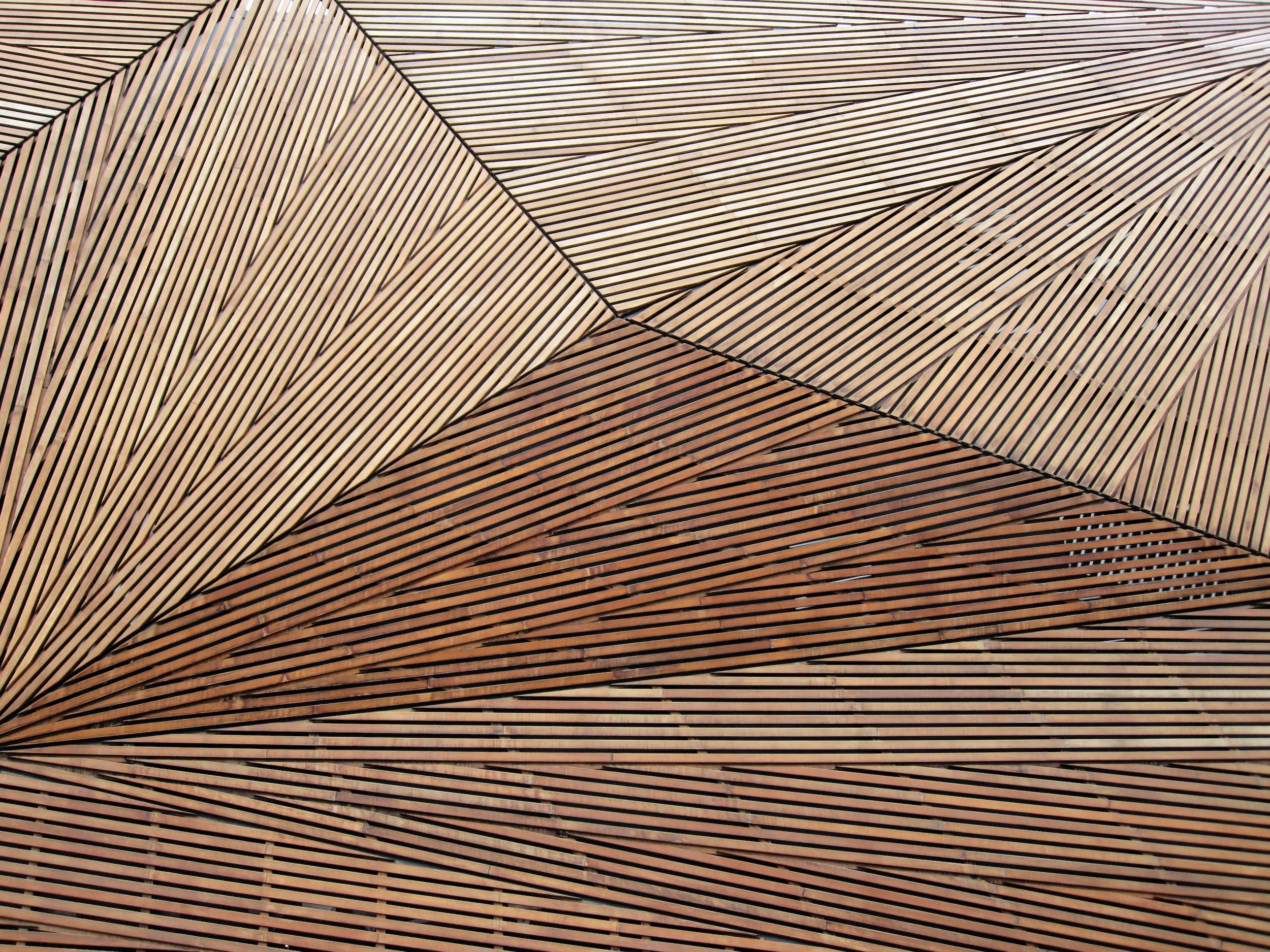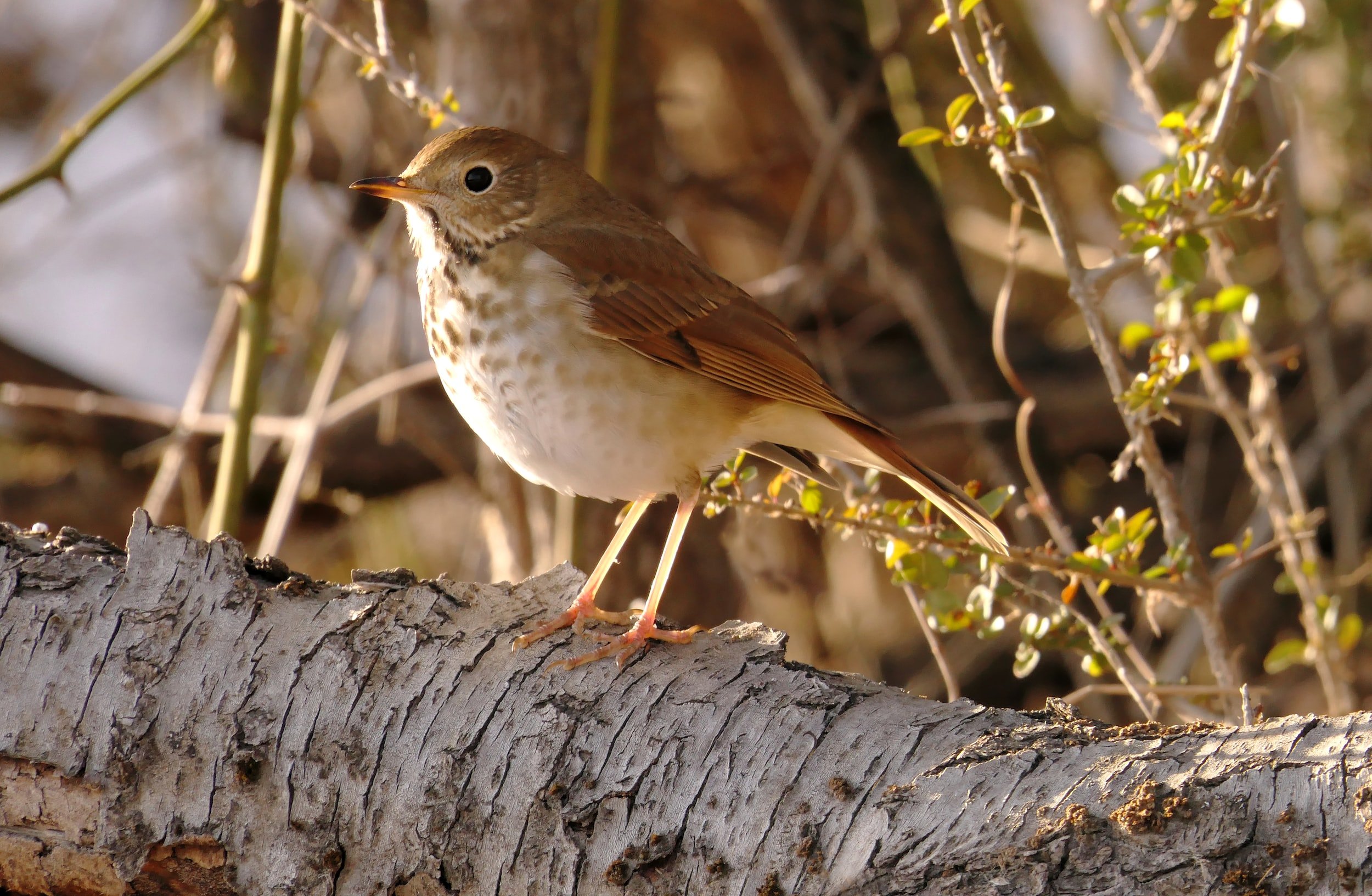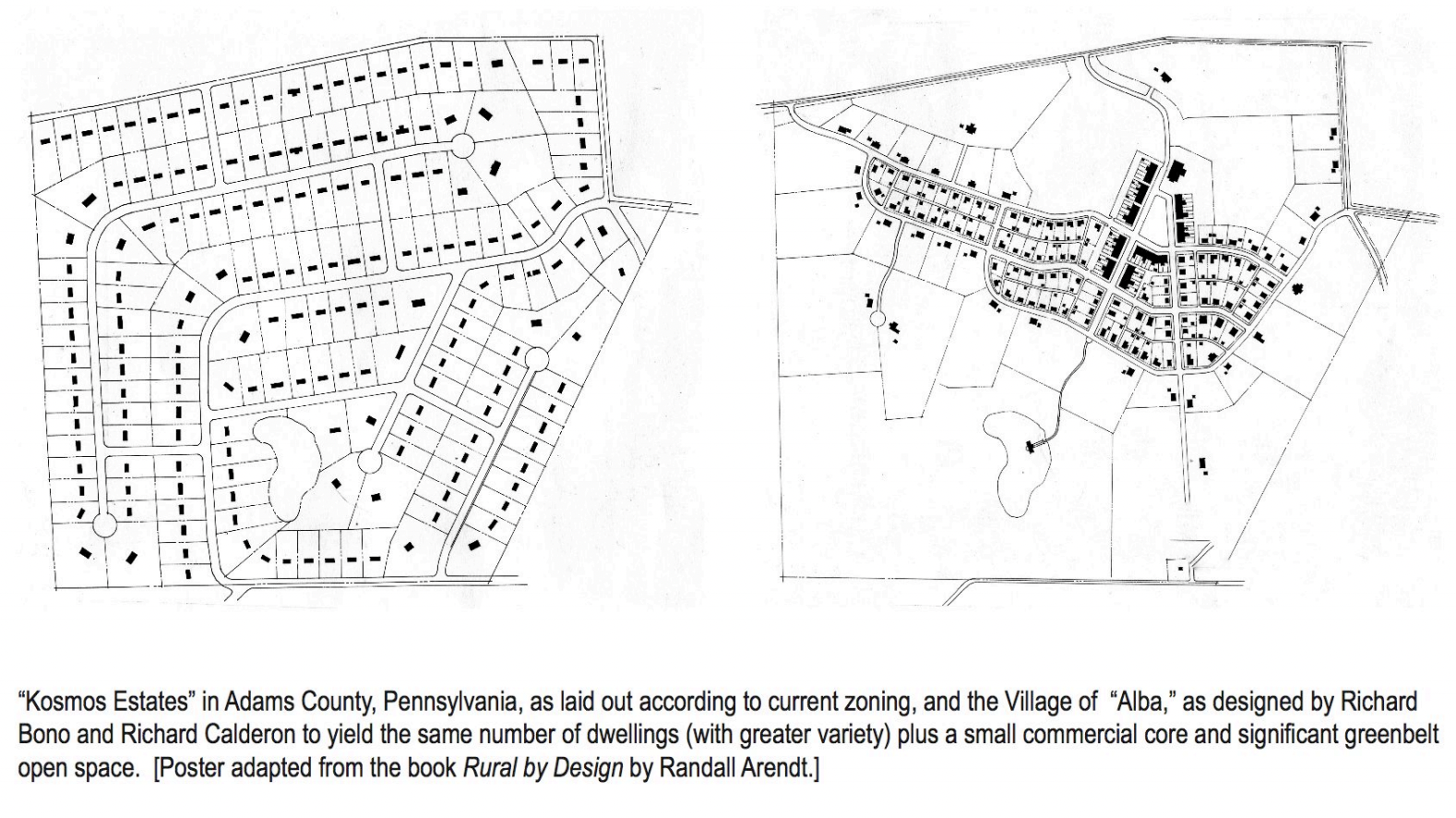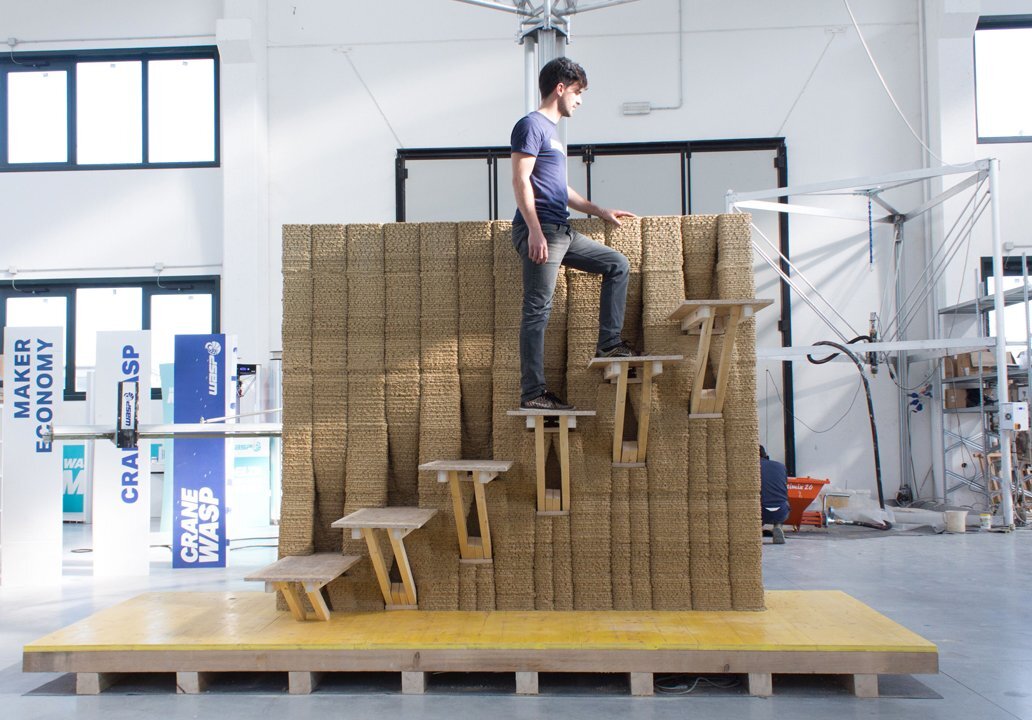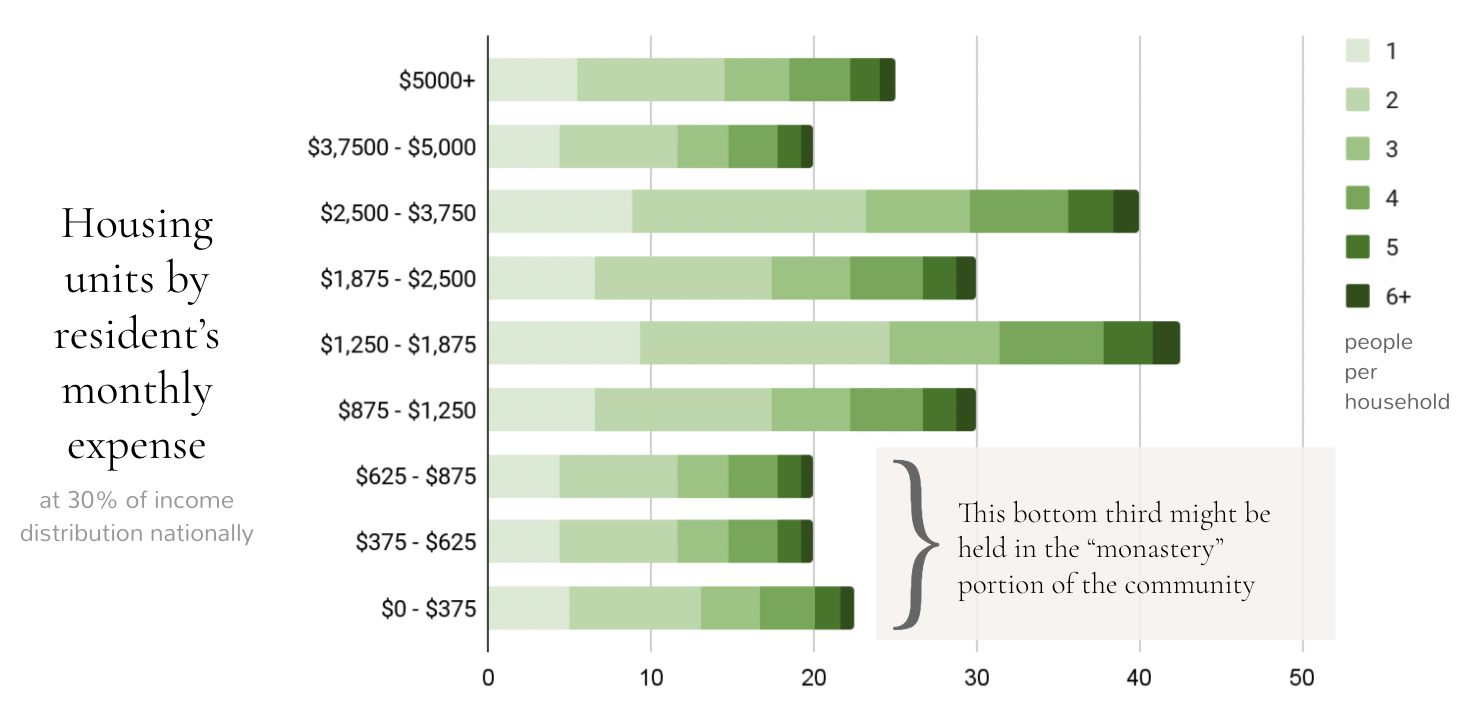What does a Flourishing Community look like?
You know how each flourishing human looks unique but has some similar characteristics?
It’s kinda the same with Flourishing Communities.
It’s alive.
What are the differences between a frog that’s alive & one that…isn’t? All the same things can be present. But when it’s alive, energy flows within it & between it & others. It grows, matures, evolves, & adapts. It senses. It has a will of its own... These are the kinds of things also true of a Flourishing Community.
It cultivates flourishing.
We are what we measure. The primary metric for success in a Flourishing Community is the degree to which its residents are flourishing. It also keeps a close eye on soil & water health, too, & watches for ways to improve all these scores.
It is walkable.
A community designed so you can walk to most of your daily needs within five minutes or less—which means it sits on about 50 acres of land.
This alone can eliminate so much of our carbon emissions & improve our mental & physical health significantly.
It is diverse.
Just like the rest of nature, a community is most healthy & resilient when there is a balance of diverse perspectives, gifts, needs, & types of beings (humans, businesses, plants, & animals, etc.) in reciprocal relationships in the ecosystem.
It has its own personality.
A Flourishing Community has a sense of individuated personality that is unique & authentic to that specific place, time, & culture.
It is built from local, non-toxic materials.
Just like our bodies function best when we eat local, minimally processed foods, we & Mother Earth function best when we use local, minimally processed, non-toxic building materials.
(Currently, most of our buildings are made with known carcinogens & 40% of our landfills are building materials.)
It cares for the vulnerable.
“The true measure of any society can be found in how it treats its most vulnerable members.”
— Mahatma Gandhi
It is human-scale.
A Flourishing Community of humans is built to the physical & psychological size of humans. It’s like a cell with a nucleus (town center) & permeable membrane that keeps it from spreading endlessly.
Flourishing Communities ask questions like:
What do the people & ecosystems here need to flourish?
Does everyone here feel safe & loved?
How can we design circular systems that get the entire job done (without waste)?
Would I be willing to step into the life of any person here despite their race, gender, sexual orientation, financial wealth, age, religion, etc.?
Can everyone play? Does everyone have the time, energy, resources, & emotional safety to be able to play at times & enjoy life authentically?
How can we do things more beautifully?
How can we be more aligned with life (growing in diversity, non-cancerous growth, etc.)?
Does everyone feel heard?
How can we build & live in a way that will make this place better in 300 years?
How can we express more of our essence in ways that meaningfully & lovingly connect with others?
How can we use the best of past wisdom & technology as well as the best research & tech available today?
How self-determining & adaptive are we able to be?
How it’s different from a typical development:
Layout · Materials & Technology · Housing Mix
Example by Randall Arendt .
LEFT: A neighborhood laid out according to typical current zoning protocols. Boring, segregating, not walkable, not sustainable.
RIGHT: Same amount of land & dwellings (with more variety), plus a small commercial core & a significant greenbelt open space.
Layout · Materials & Technology · Housing Mix
Transcends & Includes the Past
We’re not trying to go back in time. We’re dreaming the future into being.
We’ll use local minimally processed materials & mix ancient building science with today’s best technology & research like 3D printed soil, strawbale SIP’s, AI-enhanced architectural designs, & Green Power to make a habitat that is net-positive, carbon-negative, & non-toxic.
Layout · Materials & Technology · Housing Mix
Housing mix needed to create a Whole Community:
Walk to most of your daily needs in about 5 minutes = about 50 acres.
50 acres = 250 houses by current norms.
250 homes appropriately housing a full spectrum of economic diversity & household sizes means:
A housing mix this diverse is now possible through AI-enhanced architectural design.

